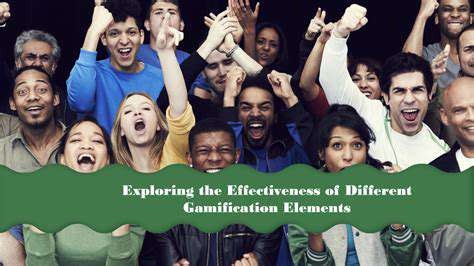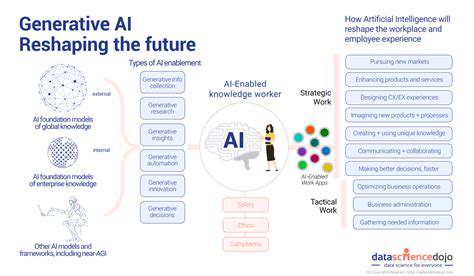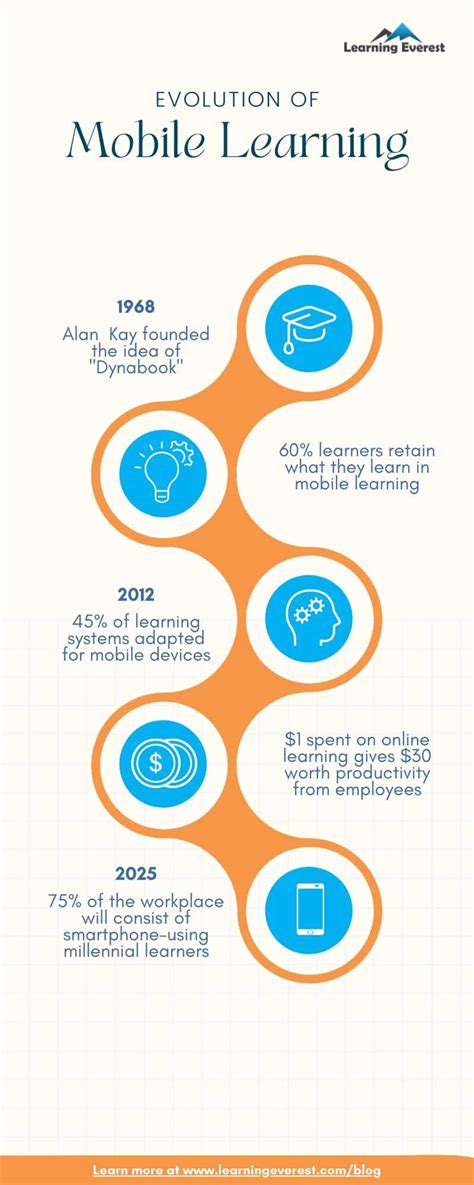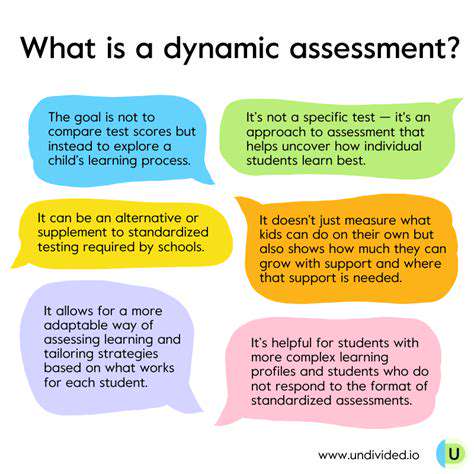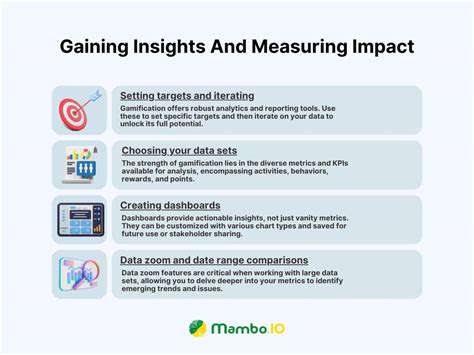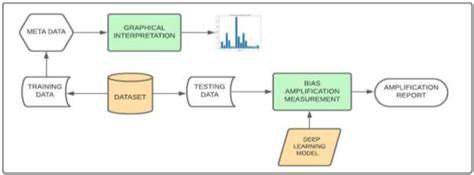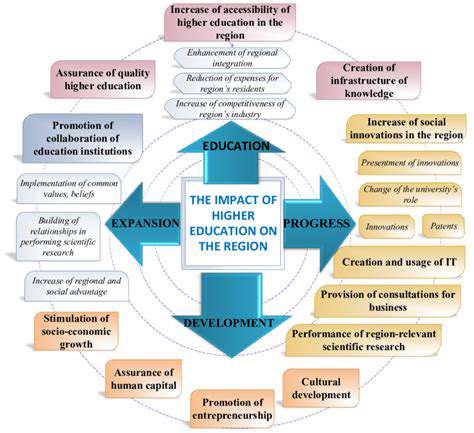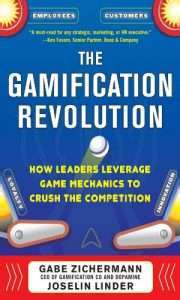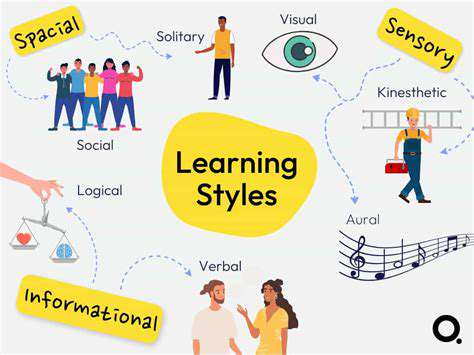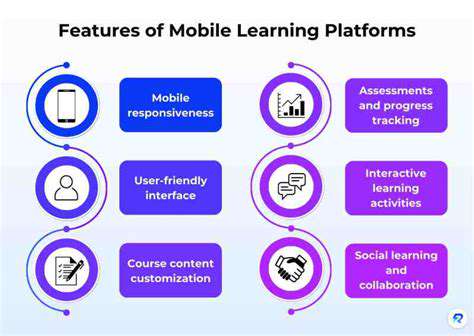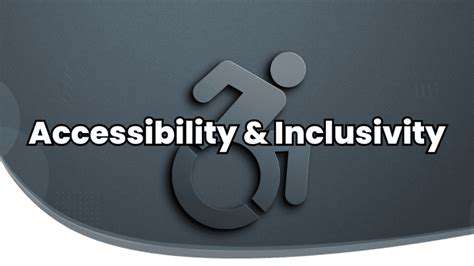Personalized Learning Frameworks: Designing Tailored Educational Journeys
Defining Personalized Learning Frameworks
Understanding the Core Principles
Personalized learning frameworks represent a revolutionary shift in education, moving beyond the limitations of standardized instruction. These frameworks meticulously adapt to each learner's cognitive rhythms, interests, and developmental stages, creating truly individualized educational experiences. Unlike conventional classroom models that follow rigid structures, this approach celebrates the beautiful diversity of human learning.
At its heart, personalized learning acknowledges what experienced educators have always known - that every mind processes information differently. Some students thrive with visual representations, while others need hands-on experimentation to fully grasp concepts. This philosophy dismantles the outdated notion that all learners should progress uniformly through material at the same predetermined pace.
Identifying Individual Learning Needs
The foundation of any successful personalized approach begins with deep diagnostic work. Rather than relying solely on standardized test scores, insightful educators employ a rich tapestry of assessment methods. Classroom observations, one-on-one conversations, creative projects, and reflective journals all contribute to a multidimensional understanding of each student.
This comprehensive profiling allows teachers to craft targeted instructional strategies that address specific learning gaps while nurturing emerging strengths. The most effective educators become learning detectives, uncovering the unique combination of factors that will unlock each student's potential.
Adapting Curriculum Materials and Activities
With careful assessment data in hand, the real magic of personalization begins. Skilled teachers transform static curricula into dynamic learning experiences by incorporating multimedia resources, real-world applications, and project-based learning opportunities. A single mathematical concept might be explored through traditional problems, interactive simulations, architectural design challenges, or financial planning exercises.
This adaptive approach requires both creativity and pedagogical expertise, as educators continuously reshape learning materials to maintain optimal engagement and challenge levels for each student. The classroom becomes a vibrant ecosystem of differentiated learning experiences rather than a monolithic instructional environment.
Utilizing Technology for Enhanced Learning
Modern digital tools have revolutionized personalized instruction by providing unprecedented capabilities. Adaptive learning platforms can analyze thousands of data points to customize content delivery in real-time, while collaborative technologies connect learners with global resources and expert mentors. When thoughtfully implemented, these tools amplify human teaching rather than replace it, creating powerful synergies between technology and personal interaction.
Fostering a Supportive and Collaborative Learning Environment
Personalized learning flourishes in classrooms where students feel psychologically safe to explore, question, and occasionally stumble. Educators cultivate these environments by modeling intellectual curiosity, encouraging respectful dialogue, and celebrating diverse approaches to problem-solving. The most transformative learning spaces balance individual exploration with meaningful collaboration, allowing students to both develop their unique voices and learn from peers' perspectives.
Assessing and Evaluating Student Progress
In personalized frameworks, assessment becomes an ongoing conversation rather than a series of high-stakes events. Teachers employ diverse evaluation methods including portfolio reviews, learning journals, performance tasks, and student-led conferences. This multifaceted approach captures the rich complexity of learning, revealing patterns and growth opportunities that traditional testing often misses.
The Role of the Teacher in Personalized Learning
Far from diminishing the teacher's importance, personalized learning elevates educators to new professional heights. They become curriculum designers, learning coaches, data analysts, and motivational mentors all at once. This demanding role requires deep content knowledge, emotional intelligence, and the flexibility to pivot instructional strategies based on emerging needs. The most successful personalized learning teachers view themselves as perpetual learners, constantly refining their practice through reflection and professional collaboration.
Key Components of Effective Frameworks
Defining the Learner Profile
Creating detailed learner profiles represents the cornerstone of personalization. These living documents capture not just academic performance metrics, but also learning preferences, cultural backgrounds, personal interests, and aspirations. A well-crafted profile reveals the whole learner, enabling educators to make meaningful connections between curriculum content and students' lived experiences.
Tailoring Learning Pathways
With robust learner profiles as guides, educators design flexible learning sequences that accommodate diverse paces and styles. These pathways incorporate multiple access points to core concepts, allowing students to approach material in ways that resonate with their cognitive preferences. The art of pathway design lies in maintaining rigor while providing appropriate scaffolding, ensuring all learners can engage with challenging material at their readiness level.
Utilizing Adaptive Technologies
Sophisticated learning platforms now offer remarkable personalization capabilities, adjusting content presentation and difficulty in response to learner performance. These systems provide valuable supplemental support, particularly for foundational skill development. However, the most effective implementations blend algorithmic personalization with human insight, as teachers interpret data patterns and make nuanced instructional decisions.
Creating Engaging Learning Environments
Physical and virtual learning spaces significantly influence personalization effectiveness. Thoughtfully designed environments offer varied seating options, accessible resources, and technology integration points to support different learning modes. The most inspiring spaces communicate that diverse approaches are valued, with areas for quiet reflection, collaborative work, and hands-on experimentation coexisting harmoniously.
Measuring and Evaluating Progress
Personalized assessment systems track both academic growth and the development of crucial learning dispositions like perseverance and metacognition. Analytics dashboards help teachers identify patterns across multiple data streams, while student self-assessment tools foster ownership of the learning process. This comprehensive evaluation approach paints a richer picture of student development than standardized measures alone can provide.
Leveraging Technology for Personalized Learning
Personalized Learning Paths
Digital platforms now enable unprecedented customization of learning trajectories. These systems can recommend specific resources, adjust challenge levels, and provide just-in-time support based on continuous performance analysis. The most effective platforms balance algorithmic recommendations with teacher oversight, ensuring technology enhances rather than replaces professional judgment.
Adaptive Learning Technologies
Modern adaptive systems use sophisticated algorithms to create highly responsive learning experiences. By analyzing thousands of micro-interactions, these platforms detect subtle patterns in understanding and misconception formation. This granular level of responsiveness would be impossible to achieve manually at scale, making such technologies valuable partners in personalized education.
Data-Driven Insights for Instruction
Learning analytics have transformed educators' ability to understand and respond to student needs. Visualization tools help identify class-wide trends and individual outliers, while predictive analytics can flag potential challenges before they become crises. The most insightful teachers use data as a starting point for deeper conversations about learning, not as a definitive judgment of ability.
Gamification and Motivation
Well-designed gamification elements can boost engagement when aligned with meaningful learning goals. Progress trackers, challenge badges, and collaborative quests tap into intrinsic motivation when implemented thoughtfully. The key lies in ensuring game elements support rather than overshadow substantive learning, maintaining focus on mastery rather than superficial rewards.
Personalized Feedback Mechanisms
Digital tools enable more timely and targeted feedback than ever before. Audio comments, video explanations, and interactive rubrics allow teachers to provide nuanced guidance tailored to individual needs. The most impactful feedback helps students understand both their current position and their next steps in the learning journey.
Collaboration and Communication Tools
Modern platforms have redefined the boundaries of collaborative learning, enabling connections across classrooms, schools, and even continents. These tools allow students to find peers with complementary strengths and shared interests, creating personalized learning networks. The digital dimension adds new possibilities for mentorship and expertise sharing that transcend traditional classroom limitations.
Accessibility and Inclusivity Considerations
Technology has dramatically expanded educational access for learners with diverse needs. Text-to-speech functionality, adjustable display settings, translation tools, and alternative input methods help create truly inclusive learning environments. Thoughtful implementation ensures all students can engage with content in ways that work for them, making personalized learning a reality for every learner.
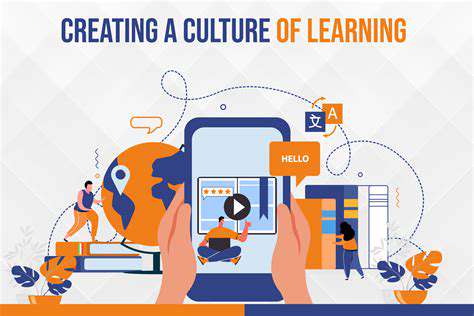
Read more about Personalized Learning Frameworks: Designing Tailored Educational Journeys
Hot Recommendations
- The Gamified Parent Teacher Conference: Engaging Stakeholders
- Gamification in Education: Making Learning Irresistibly Fun
- The Future of School Libraries: AI for Personalized Recommendations
- EdTech and the Future of Creative Industries
- Empowering Student Choice: The Core of Personalized Learning
- Building Community in a Hybrid Learning Setting
- VR for Special Education: Tailored Immersive Experiences
- Measuring the True Value of EdTech: Beyond Adoption Rates
- Addressing Digital Divide in AI Educational Access
- Preparing the Workforce for AI Integration in Their Careers
